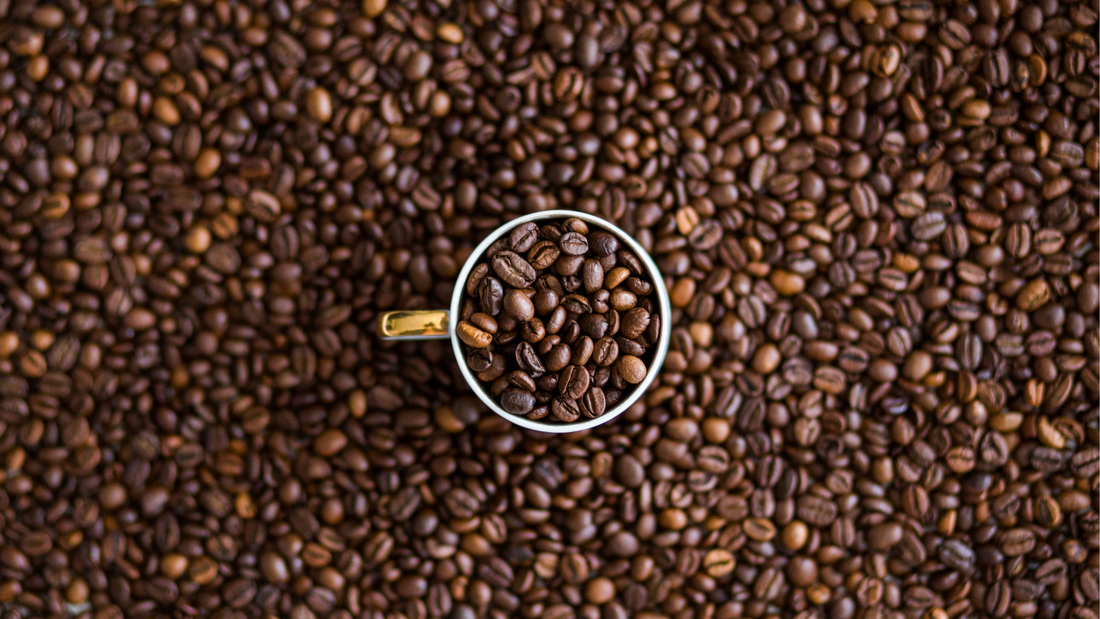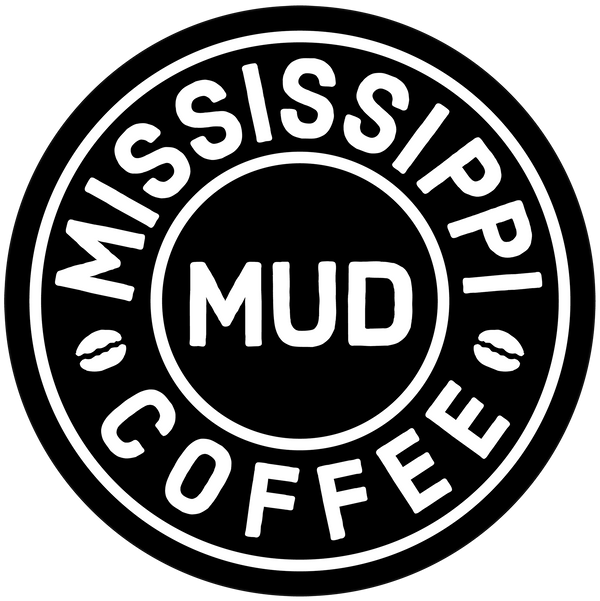Mocha Java Coffee Explained: Origins, Flavor, and How to Brew It

Share
Mocha Java isn’t a chocolatey drink topped with whipped cream. It’s actually the name of the world’s oldest coffee blend, and it’s been enjoyed for centuries. With its bold, balanced flavor and unique global roots, Mocha Java coffee remains a favorite for coffee lovers who appreciate complexity and tradition.
In this guide, we’ll break down what Mocha Java coffee is, where it comes from, what it tastes like, and how to brew it at home for the best experience.
What Is Mocha Java?
Despite how it sounds, Mocha Java has nothing to do with chocolate. The name comes from two key coffee-producing regions: the port of Mocha in Yemen and the island of Java in Indonesia. Traders in the 17th century combined beans from these two regions to create the first-known coffee blend.
- Mocha (Yemen) beans are known for their fruity acidity, wine-like notes, and complex character.
- Java (Indonesia) beans bring a smooth, earthy base with low acidity and a full body.
Together, they create a layered and well-balanced cup—bright and lively up front, with a rich, grounding finish. That contrast is what made Mocha Java so legendary.
Today, due to limited access to Yemeni beans, many roasters use Ethiopian beans as a stand-in, since Ethiopian coffees share some of the fruity and wine-like characteristics of traditional Mocha beans.
What Does Mocha Java Coffee Taste Like?
Mocha Java coffee is known for its dynamic, well-rounded flavor. You get both brightness and depth in the same cup:
- Notes of fruit and wine-like acidity from Mocha (or Ethiopian) beans
- Balanced by smooth, earthy tones from Java beans
The result is a cup that’s layered and complex, with a pleasant contrast between light and dark flavor notes. It’s bold without being overpowering, and flavorful without needing added sweetness.
How Is Mocha Java Made?
A true Mocha Java blend combines two origins:
- Arabian Mocha beans (traditionally from Yemen, sometimes substituted with Ethiopian beans)
- Java beans (from Indonesia, typically the island of Java)
Once the green beans are sourced, we blend them first and then roast them together. At Mississippi Mud Coffee, this approach allows the flavors to develop in harmony during the roasting process, resulting in a unified, bold, and consistent cup every time.
How to Brew Mocha Java Coffee at Home
You can brew Mocha Java like any other high-quality whole bean coffee. Here are a few tips to help you get the most out of the blend:
- Grind fresh: Use a medium grind for drip and pour-over methods, and a coarser grind for French press.
- Water temperature: Aim for 195–205°F to extract the full range of flavors.
- Coffee-to-water ratio: Start with 1 to 2 tablespoons of coffee per 6 ounces of water, adjusting to taste.
- Skip the heavy additives: Mocha Java has plenty of flavor on its own. Try it black first to enjoy the full complexity.
Why Mississippi Mud’s Mocha Java Stands Out
Our Mocha Java is air-roasted in small batches to ensure maximum flavor and zero bitterness. We source our beans ethically and craft the blend with care, preserving the historical spirit of this iconic coffee.
You’ll taste a smooth, balanced cup with the right mix of fruit and earth.
